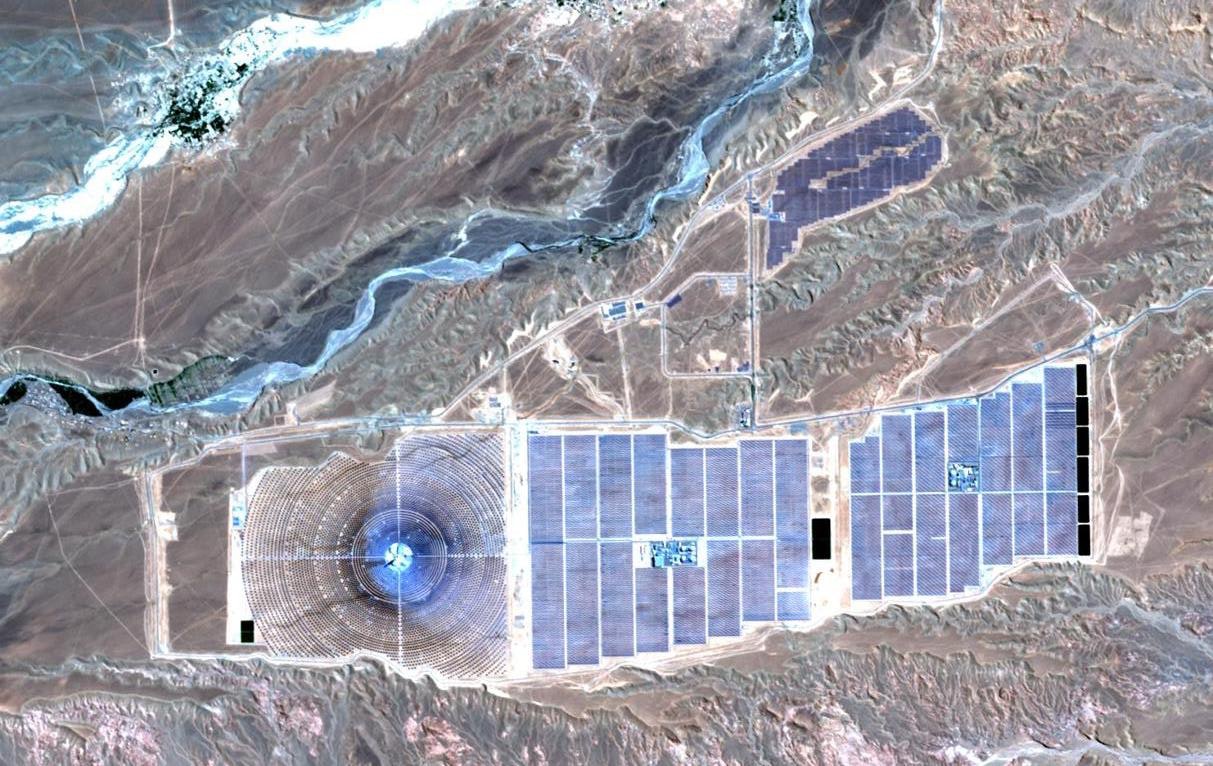
A Dyson sphere is a hypothetical megastructure described in 1960 by the American-British physicist and mathematician Freeman Dyson (cf issue 6). It is an empty spherical structure built around a star to capture its radiated energy in all directions. Nothing escapes.
I will not go into details but it is clear, from numerous perspective, that this is unfeasible. But why don’t we simplify the problem?
-
Instead of a continuous sphere around the sun, imagine a constellation of satellites around the earth. The satellites, whose main payloads are batteries, will store solar energy when they are in front of the sun, and will drain their batteries toward the earth when they are above a ground gateway. The transfer of energy will therefore be done via microwaves or a laser beam…
-
A second idea would be to imagine a satellite constellation with just a set of directional mirrors. The goal is to organise these mirrors such that the sunbeam always arrives at a fixed “solar panel” on the ground. a lot of geometric gymnastics, but definitly doable.
You think these ideas are crazy, there’s a wikipedia page of all this and much more!
It’s not to spoil the party but frankly why bother with space when you can deploy solar panels right next to us? The calculations are quite simple if you have the right numbers! According to Science Insider, Providing energy to the whole planete will require putting 500.000 square km of solar panels side by side. Roughly the size of Spain. This surface can be made smaller by investing in more power-efficient solar pannels. When compared to the Dyson sphere and other simplifications, I think the costs here are peanut… Especially if all countries join their efforts.
Actually, this reminds me of a project launched by Morocco in its desert: the project Noor (the cover picture at the beginning of the article). A project that is a part of the bigger European-MENA initiative called Desertec.
END OF TRANSMISSION.